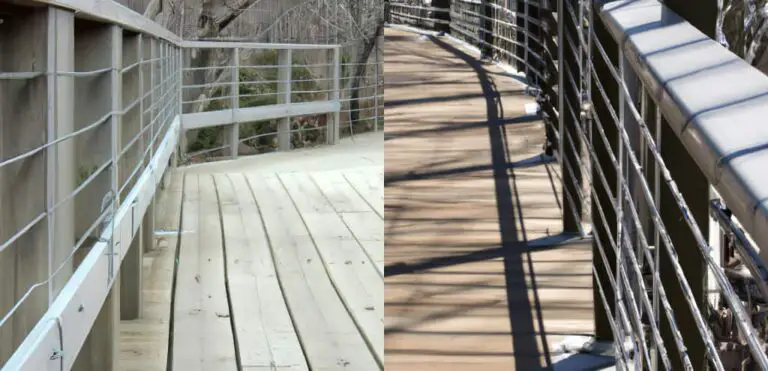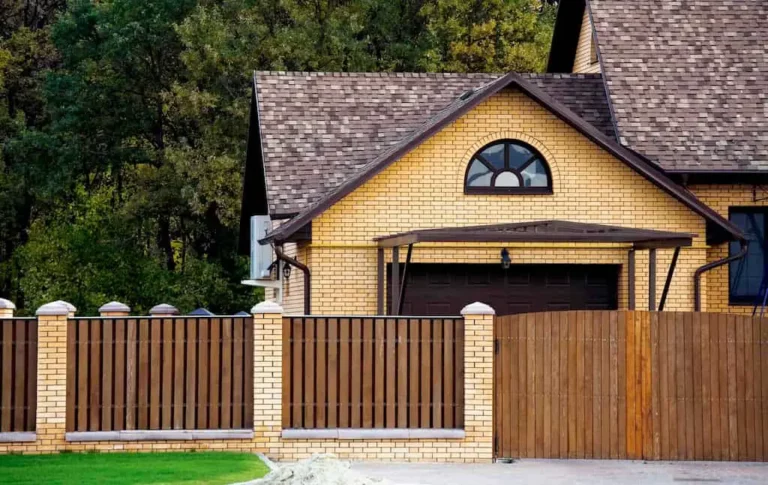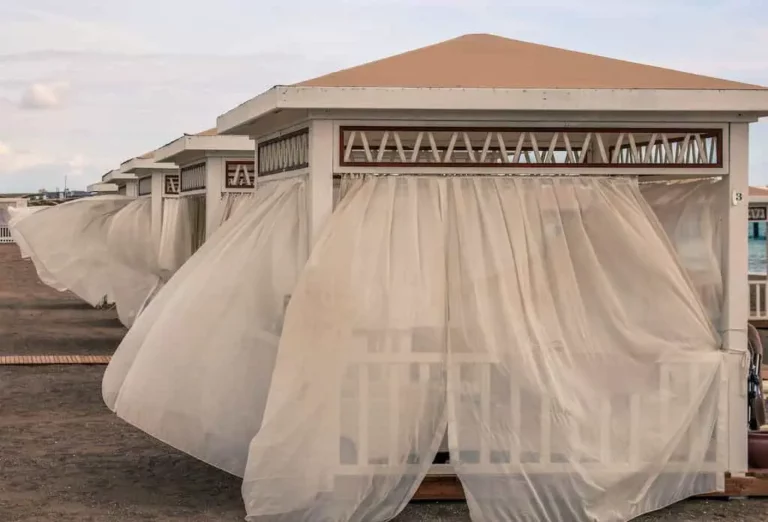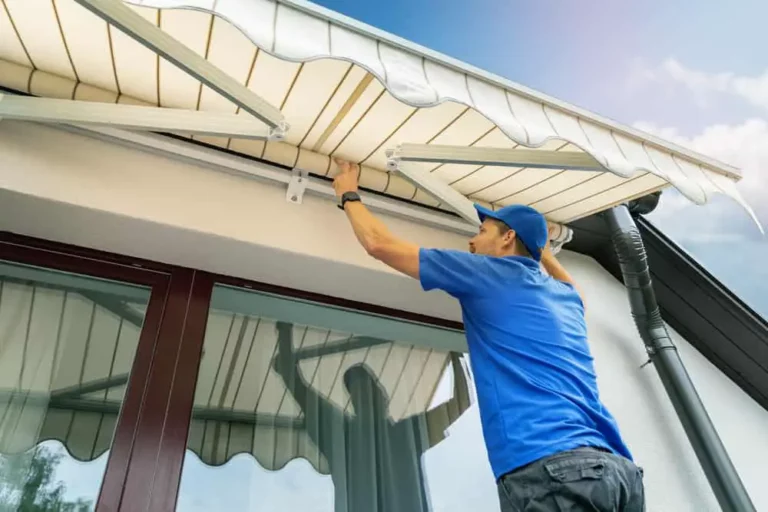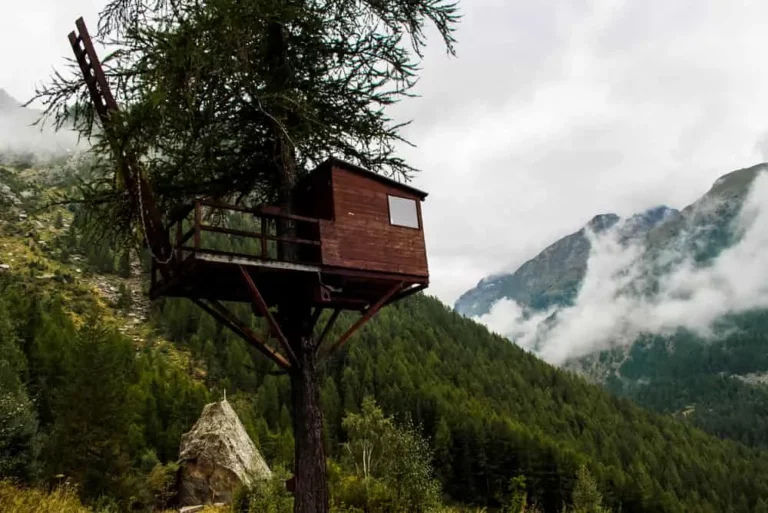Should I Open Or Close The Canvas Walls Of My Gazebo?
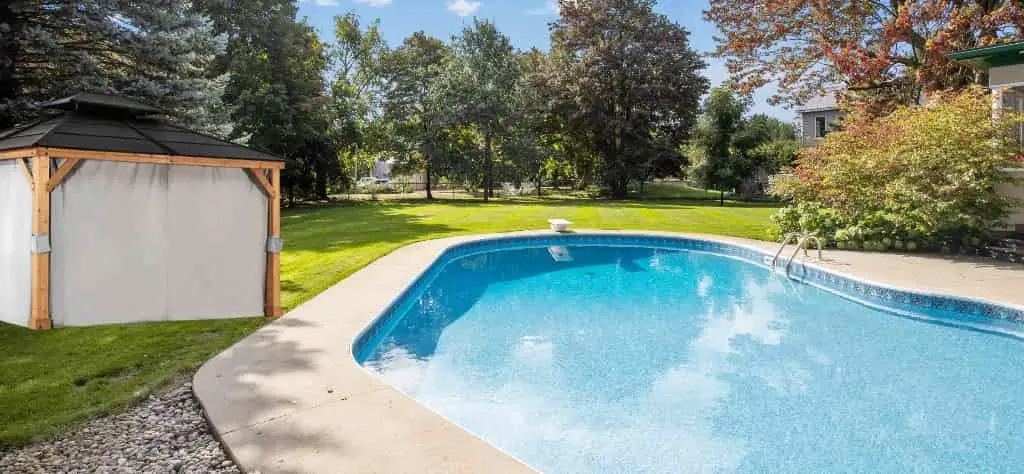
Do you have a gazebo? Are you not sure when to open and close the canvas walls? Are you looking for some direction and circumstances where you should either open or close the canvas walls? If you are finding yourself in this situation, this article can give the rundown of when to both open and close the canvas walls of your gazebo.
Canvas walls of a gazebo should be closed during weather conditions that consist of high winds and heavy snow. Canvas walls can be open anytime those conditions aren’t presently active. Following these guidelines can help prevent major damage to the gazebo and help it last in good condition for a long time.
To learn more about opening and closing the canvas walls on a gazebo, keep reading.
How Do I Make My Gazebo More Wind Resistant?
The first thing to consider due to making your gazebo more wind resistant is the orientation of the gazebo. This is something to make sure that is involved in strategically setting up the gazebo to begin with. By positioning the gazebo a certain way, you can either place it in a position to avoid damage from the wind or you can place it in a position where it is more susceptible to the effects of the wind that can wear it down. The most optimal position to set up your gazebo to be the most wind resistant is at a 45-degree angle in the direction of the wind.
The second thing to consider is the way you position the pegs when placing them in the ground. If you hammer the pegs straight into the ground, strong winds can very easily pull those pegs out of the ground, releasing that security the gazebo has to the ground. Instead of hammering them straight down, hammer them at an angle with two pegs at each point so they create an X shape in the ground. This will help create a resistance to the wind and help the pegs stay intact.
The next thing to consider when making your gazebo more wind resistant is weights and ropes. Weights are going to help keep the gazebo have enough center of gravity to keep it on the ground to prevent the pegs from uprooting which would then allow the gazebo as a whole to shift. Ropes can be used in addition to any of these other reinforcements or can be used as a replacement for the weights if you don’t have any. They will do the same thing, by helping the gazebo have a stable center of gravity to help keep it on the ground and from swaying from side to side.
Can You Put A Gazebo On Grass? What You Need To Know
At What Wind Speed Should I Take My Gazebo Down?
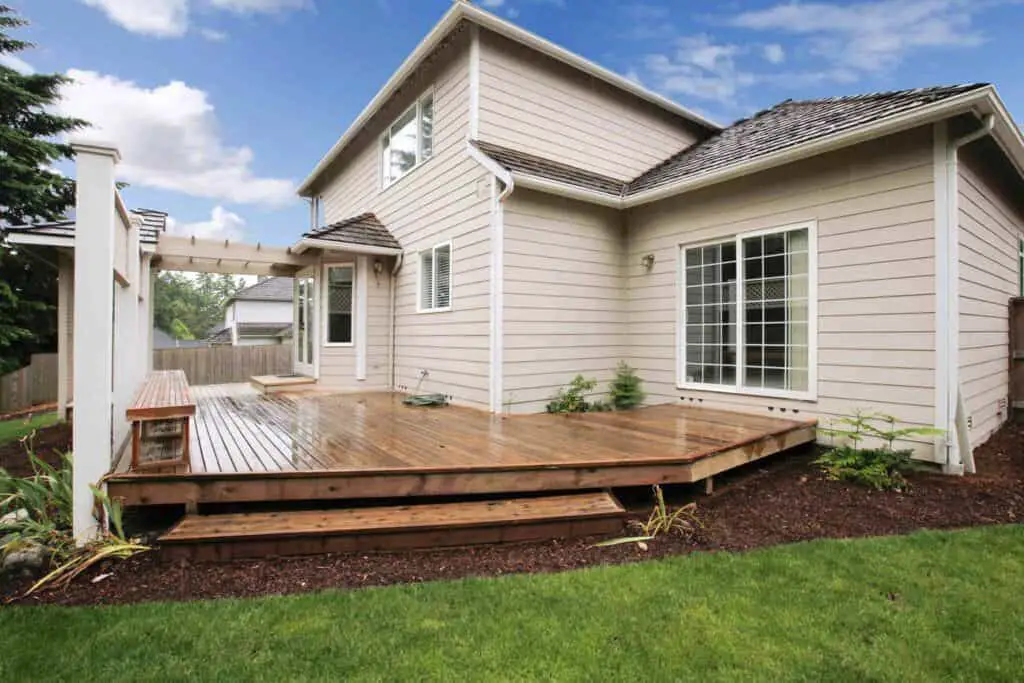
Because there are different levels and intensities of winds, it is important to be prepared for all of them, as the type of wind you are going to get is never completely predictable.
Light winds are usually nothing to be too concerned about. If the gazebo is properly secured, there should be minimal shaking and all of the ropes and pegs should remain intact fairly well. However, if the gazebo is not tied down properly or was not positioned at a 45-degree angle, it is likely that the gazebo could shift or tip over depending on the level of security it has to the ground. This is especially dangerous if there are people underneath the gazebo at the time, so it is important to take the wind speed into consideration before going and sitting underneath it.
Medium winds will definitely blow over the gazebo if it is not secured at all. There is a higher risk for it to topple over if it wasn’t secured properly and there is more of a risk during medium winds that a piece of the gazebo could be damaged in that falling over, or even another of outdoor furniture could be damaged instead as well. It is important during medium-high winds to properly take down the gazebo as well as put away any other outdoor furniture that could potentially cause any damage.
High winds are not only the most dangerous for your gazebo but the most dangerous for any personal belongings in the surrounding area. The chances of the gazebo getting blown over are not a matter of if but when. This is especially an important time to put your canvas walls down as well as take the gazebo down altogether. If the wind hasn’t already snapped the legs of the gazebo, then there surely will be damage done to the framework as well as the canvas walls of the gazebo are blown around and running into various things.
The 8 Best Gazebos For High Winds And Rain
What Time of Year Should I Put Up and Take My Gazebo Down?
If you own a gazebo with a hard top you are okay to keep it up all year round with the exception of times when winds get high. Most of the time gazebos with hard tops are made with either metal, wood, or vinyl, which are all materials that can withstand the harsh conditions of the various seasons. If you live somewhere where you receive all four seasons, with the contrast of cold and hot, you may do best to use a hard top gazebo rather than a soft top gazebo so you don’t have to put it completely away all the time.
If you own a gazebo with a soft top, you are welcome to keep it up through the duration of the summer months, with the same exception that the hard top has which is to take it down when harsh weather conditions like heavy rains and wind come. When the winter months come, you will want to put your soft top gazebo away so the snow and wind don’t wear the gazebo down especially when it’s not being as used as much as it was in the summer months. If you live somewhere that experiences mild winters, you should be fine to use a soft-top gazebo and put it away during times of bad weather.
